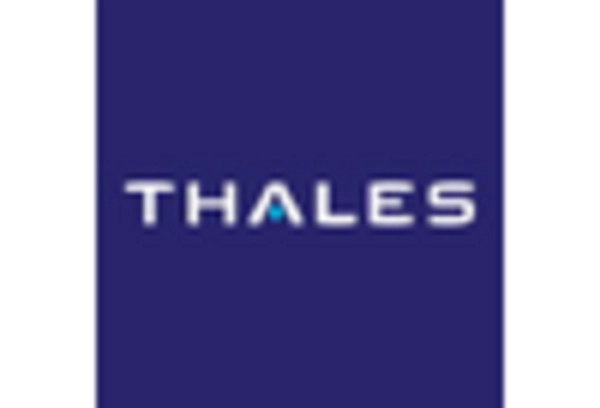Military Simulation Virtual Training Market Summary
As per MRFR analysis, the Military Simulation Virtual Training Market was estimated at 29.9 USD Billion in 2024. The Military Simulation Virtual Training industry is projected to grow from 32.7 USD Billion in 2025 to 81.0 USD Billion by 2035, exhibiting a compound annual growth rate (CAGR) of 9.49 during the forecast period 2025 - 2035.
Key Market Trends & Highlights
The Military Simulation Virtual Training Market is experiencing robust growth driven by technological advancements and increasing defense expenditures.
- The integration of advanced technologies is reshaping training methodologies across military and emergency response sectors.
- North America remains the largest market, while Asia-Pacific is emerging as the fastest-growing region in military simulation training.
- Military training continues to dominate the market, with emergency response training rapidly gaining traction due to evolving needs.
- Rising defense budgets and the integration of artificial intelligence are key drivers propelling market expansion.
Market Size & Forecast
| 2024 Market Size | 29.9 (USD Billion) |
| 2035 Market Size | 81.0 (USD Billion) |
| CAGR (2025 - 2035) | 9.49% |
Major Players
Lockheed Martin (US), Northrop Grumman (US), Raytheon Technologies (US), BAE Systems (GB), Thales Group (FR), General Dynamics (US), L3Harris Technologies (US), Leonardo (IT), Cubic Corporation (US)

















Leave a Comment